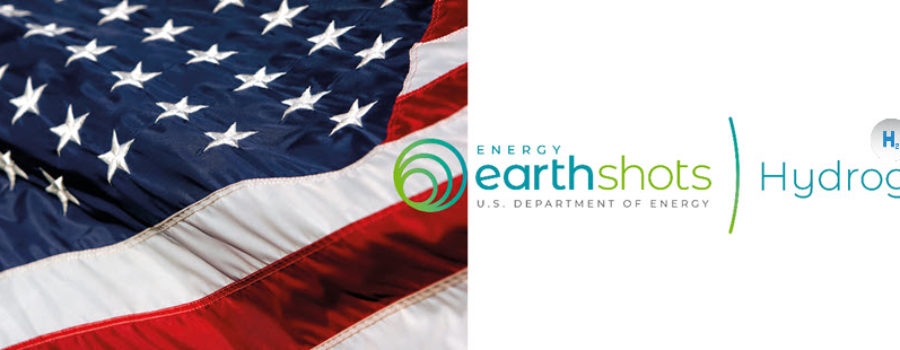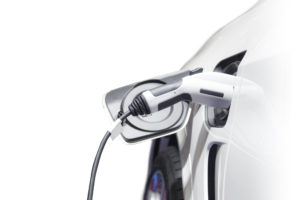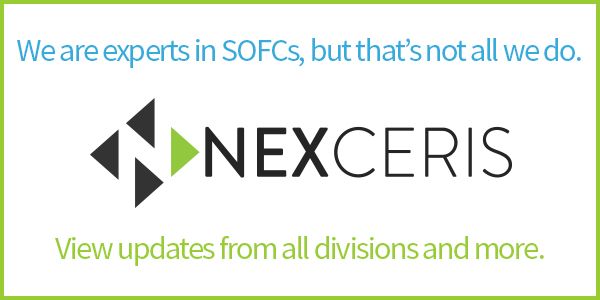The U.S. Department of Energy (DOE) recently held a virtual Hydrogen Shot Summit (August 31 to September 1) that focused on dialogue with a global audience around the urgency of tackling the climate crisis through concrete actions and innovation.
The Hydrogen Shot is part of a larger DOE Energy Earthshots Initiative aimed to accelerate breakthroughs of more abundant, affordable, and reliable clean energy solutions in this decade. Hydrogen Shot creates a foundation and framework for the deployment of clean hydrogen in the American Jobs Plan, which incorporates support for demonstration projects. While many industries are starting to implement clean hydrogen in an effort to reduce emissions, there are many challenges when trying to deploy at scale. Featured speakers at the Summit included Jennifer M. Granholm (Secretary, U.S. DOE), John Kerry, Senator Joe Manchin, and Bill Gates.
Multiple breakout sessions were held to address a variety of clean hydrogen production pathways, as well as deployment and financing. A key goal of the Summit was to identify key challenges and identify possible strategies to address them. Nexceris’ own Scott Swartz, Chief Technology Officer, was a panelist of a breakout session on High Temperature (Solid Oxide) Electrolysis along with panelists from Bloom Energy, FuelCell Energy, and Oxeon. This group described their company’s respective high temperature electrolysis activities and plans, and answered questions related to technology, markets, and future opportunities.
Nexceris’ CTO Scott Swartz said, “It was truly an honor for Nexceris, and for me personally, to participate in the high temperature electrolysis panel discussion. Low cost and high efficiency hydrogen production will be critical for our nation’s energy future, and Nexceris is proud to be contributing to this area.”
If the Hydrogen Shot goals are achieved, it is forecasted that there could be at least a 5-fold increase in clean hydrogen use. Now, hydrogen from renewable energy costs about $5 per kilogram and this initiative aims to reduce the price of clean hydrogen by 80% to $1 per 1 kilogram in the next 10 years. A U.S. industry estimate shows the potential for 16% carbon dioxide emission reduction by 2050 as well as $140 billion in revenues and 700,000 jobs by 2030.
Contact us below to learn more about our LEVER Collaboration Process and how we can help you with your current projects.




